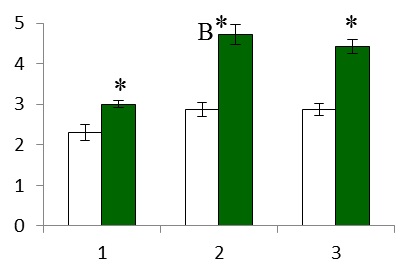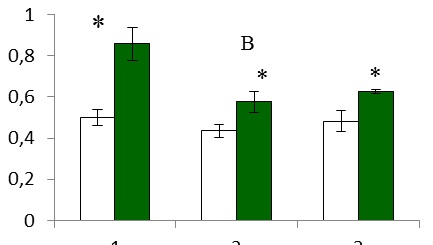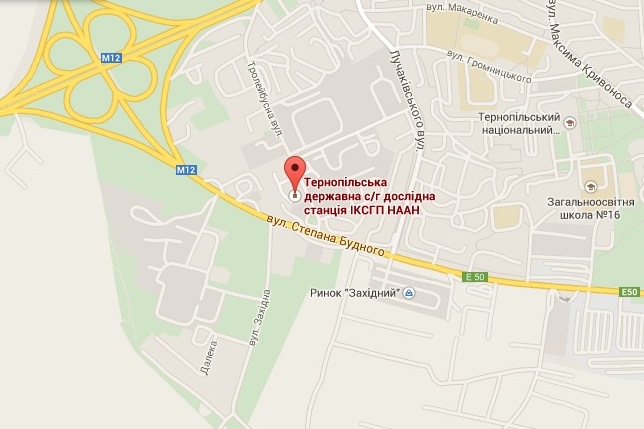| Головна » Статті » Конференція_2015_12_16-17 » Секція_2_Біологічні науки |
Черненко-Курагіна Наталія к.б.н, старший викладач НДІ ім. М. Босого Національний університет ім. Б. Хмельницького м. Черкаси
ESTIMATION OF DEPENDENCE OF INTELLECTION FROM INDIVIDUALLY TIPOLOGICAL PROPERTIES OF HIGHER NERVOUS ACTIVITY ON THE DIFFERENT STAGES OF WORK
It was set by neuroscience researches [2] that people with more 'positive' variables, such as more education, better physical endurance and above-average performance on memory tests, shared the same patterns. Their brains seemed to be more strongly connected than those of people with 'negative' traits such as smoking, aggressive behavior or a family history of alcohol abuse. “You can distinguish people with successful traits and successful lives versus those who are not so successful,” -Marcus Raichle, a neuroscientist at Washington University in St Louis, Missour says. How different traits relate to one another and whether the weakened brain connections are the cause or effect of negative traits. “Until this, we really didn’t know the extent to which each unique individual has a unique pattern of connectivity,” says cognitive neuroscientist Russell Poldrack at Stanford University in California. “What is the physical underpinning of this variation?” [1]. The research workers of our school assume and try to lead experimentally, that in basis of such differences can lie genetically conditioned individual typological properties of higher nervous activity (ITP). The method of the leading research is presented in edition [3]. The objective was to investigate the changes depending of mental performance indicators on ITP in the different stages of information processing. The index of the productivity on a low speed of information processing showed dependence on ITP only in a middle of the work (р<0,05) (fig. 1.). Thus in these terms it was greater in inspected with low, than with high, functional mobility of nervous processes (FMNP) (р<0,05).
Fig. 1. The index of the productivity for persons with low and high functional mobility of nervous processes on low- A and B - high speed of information processing
At the same time at high-rate of information processing the index of the productivity was higher in inspected with high, than with low FMNP in all periods of the work (р<0,05). A mental performance indicator as a speed of information processing depended on ITO only on high-rate of information processing. There was greater indexes of speed of information processing for persons with high, than with the low level of FMNP on the all stages of intellection (р<0,05).
Fig. 2. Speed of processing of for persons with low and high functional mobility of nervous processes on low- A and B - high speed of information processing
Thus, in the basis of mental performance differences between people, there are individual typological properties of higher nervous activity. But this dependence shows up on all stages of intellection only on high-rate of information processing.
Literature
| |
| Категорія: Секція_2_Біологічні науки | Додав: Admin (15.12.2015) | |
| Переглядів: 335 |
| Всього коментарів: 0 | |







